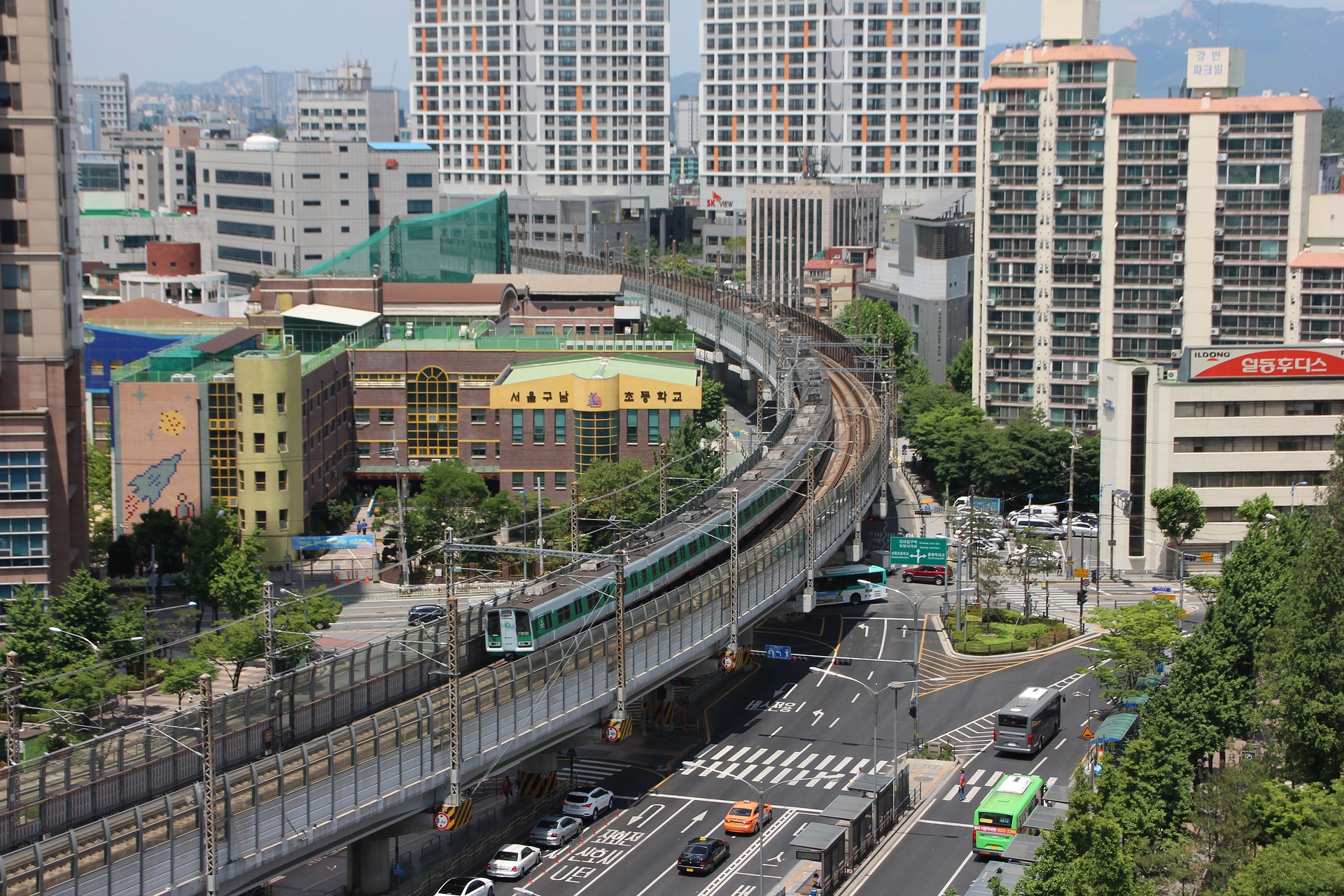106 results found
Featured results

More results
The municipality of Porto Alegre, the capital and largest city in the southern Brazilian state of Rio Grande do Sul, was planning to build a new transit artery connecting 20 neighborhoods across the city, including dedicated lanes for the Bus Rapid Transit (BRT) service
Hyderabad's growing population and road congestion resulted in the Government of Andhra Pradesh pursuing Hyderabad Metro Rail which, in its first phase, is a 72 km network covering three high-density traffic corridors.
This case study looks at how Transit Oriented Development (TOD) is undertaken in Tokyo, in one of the most densely populated urban environments, to successfully improve passenger experience and footfall. The Shibuya redevelopment project looks at using TOD to gentrify the local area across the five urban schemes that make up the overall redevelopment: Hikarie Culture Core, Station Central, D?genzaka project, Station-South, and Sakuragaoka project. The project is being completed in stages.
The toll road section of Jakarta-Bogor-Ciawi in Indonesia is approximately 50 km long and was opened in 1978. It is owned and managed by PT Jasa Marga, a state-owned enterprise responsible for managing many of Indonesia’s toll roads. PT Jasa Marga experienced difficulty accessing private financing for new toll road projects due to the long-term nature of returns, the high delivery risk, the high demand and usage risk, and a historic preference among institutional investors in Indonesia for short-term investments.
Ahmedabad Urban Development (AUDA) proposed an innovative approach to help cut down the park maintenance costs using a Public-Private Partnership (PPP) model. AUDA collaborated with Anand Milk Federation Union Limited (AMUL), one of India’s largest dairy cooperatives, to maintain the Ahmedabad Municipal Corporation (AMC) public gardens in return for being given the rights to establish and operate a retail store in these public gardens.









